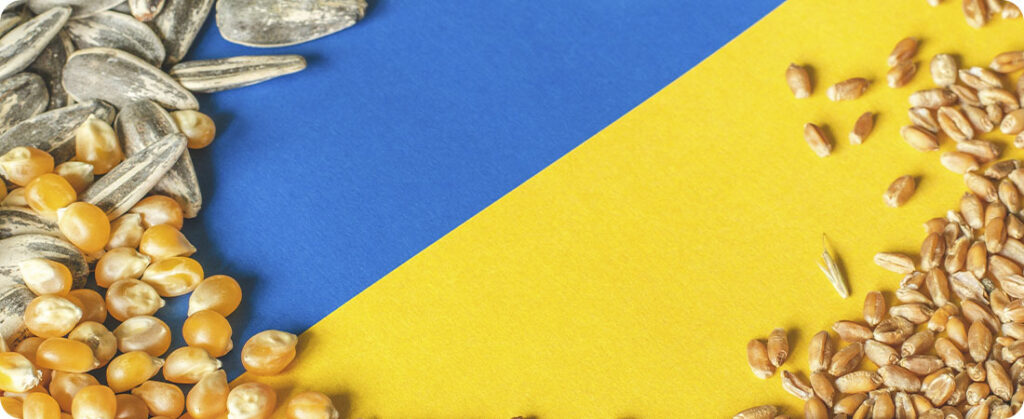
Ukraine faced logistical challenges but maintained grain shipments, Nikolay Gorbachev, president of the Ukrainian Grain Association, said in a Nov. 13 World Grain report.
The country continued to export grain through alternative routes, including the new “humanitarian” grain corridor opened after Russia’s July 17 withdrawal from the Black Sea Grains Initiative (BSGI). This change allowed the safe passage of ships carrying grains and oilseeds.
Speaking about Ukrainian exports, Gorbachev expressed optimism: “I hope that this month we will reach similar figures to the previous month – around 3.5 million tons. We continue to load through the Black Sea and Odessa ports, with an expectation of approximately 1.5 million tons this month.”
Expansion of the sea route and challenges in Ukraine's grain exports
With the expansion of new sea route, Gorbachev estimated that Ukraine could send up to 3 million tons of grain per month, depending on the military situation.
In addition to the European Union, Ukraine exports to other destinations. The EU’s “solidarity routes” have generated conflicts. This occurred among the 27 member states, especially in countries such as Poland, Hungary, Slovakia, Bulgaria and Romania.
The USDA's most recent report, dated October 24, projects that Ukraine's grain exports will reach around 37 million tons during 2023/24. The country is working to expand its export and transshipment capabilities, including efforts to increase the capabilities of the Port of Constantza.
Meanwhile, the number of railway cars to Odessa ports has increased due to the successful operation of the alternative Black Sea export corridor. In the reporting week, the number of wagons destined for Odessa ports increased by more than 26%, reaching 5,341.
Reactivating BSGI is a challenge, according to António Guterres, UN Secretary-General. An agreement between Russia and Ukraine is needed to guarantee mutual freedom of navigation.
The Ukrainian government forecasts a grain and oilseed harvest of 79 million tonnes in 2023. An exportable surplus of around 50 million tonnes is estimated for 2023/24, according to Reuters reports.
Source: Oils & Fats International












